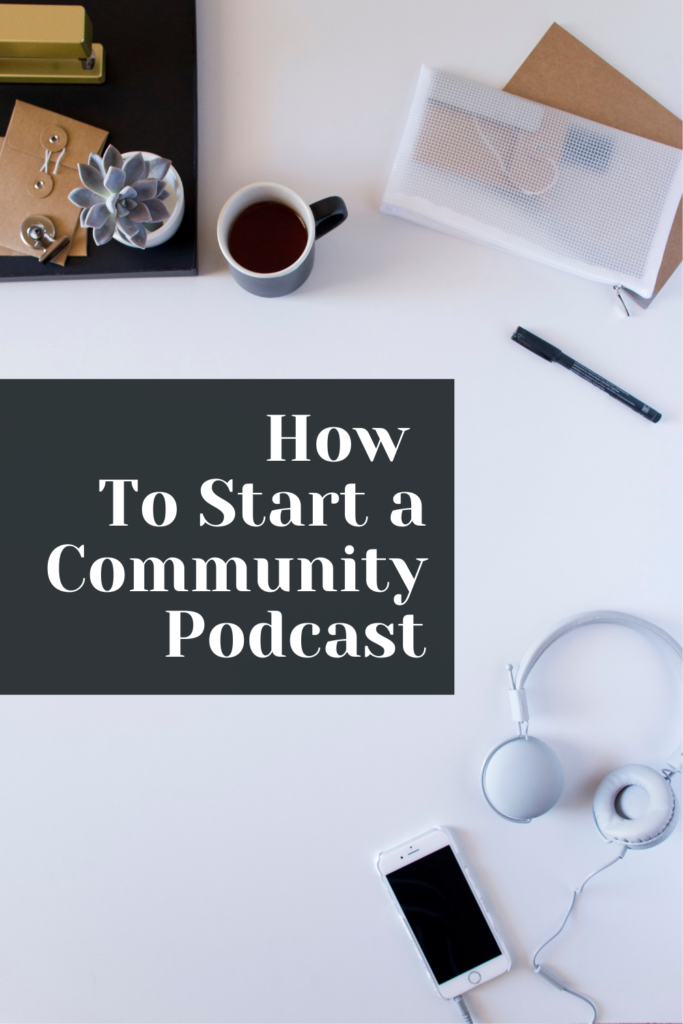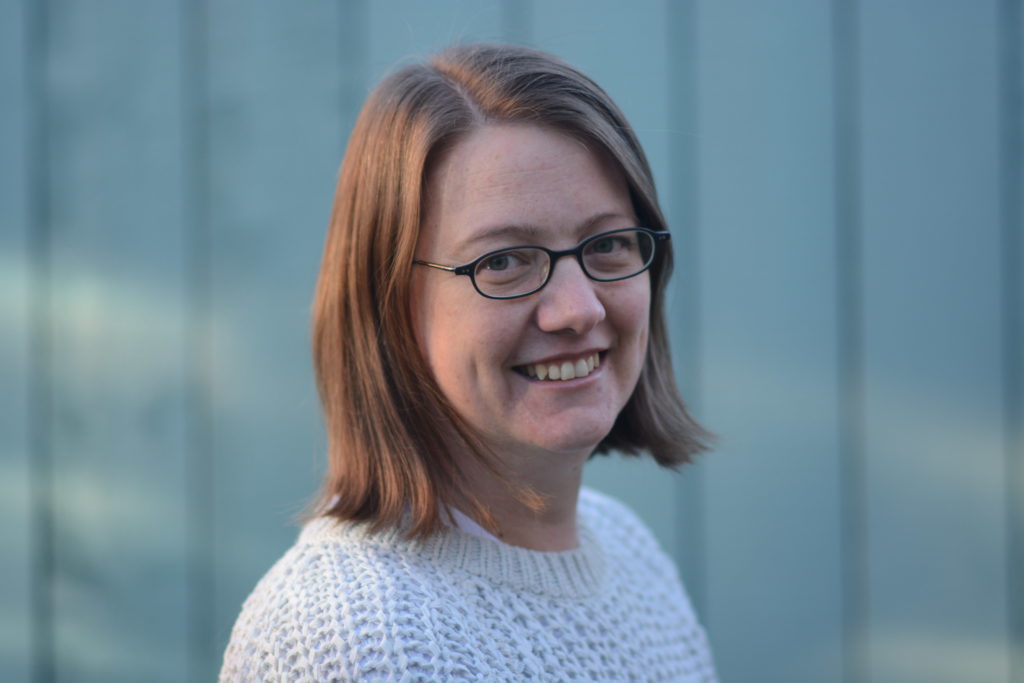Podcasts, podcasts everywhere. Are you a milennial (or anyone) in lockdown if you haven’t started a podcast? Podcasts have really boomed in popularity these last couple of years and there are now millions available on a huge range of topics. Do you have a favourite?
In the first coronavirus lockdown in the UK from March 2020, I decided to use some of my now limited time, and the fact that way fewer people were leaving their houses for work, to create a podcast to promote the local businesses and organisations in my town. The Beverley Podcast was born – you can learn more about it and listen to an episode or 30 on The Beverley Podcast page.

Podcasting, despite what ‘gurus’ and some marketing professionals might tell you, is delightfully easy and way cheaper than you might expect. You may have seen pics of a specialist podcast studio with stupidly expensive equipment and imagined that the barriers to entry are too high, but do not be fooled. Expensive equipment helps to acheive the quality that some people like to hear, but it’s the content that will keep people coming back. No amount of expense on recording and editing is going to cut it if no-one is interested in your content.
What do I need to start a podcast?
Here is a list of the basics you will need to start your podcast
A host – I use Podbean. It’s a great entry level podcast host with a few whistles and bells and is very reliable. You can use a free host such as Anchor FM, or something with many more whistles and bells such as Podcast.co but I am getting on great with Podbean and I would highly recommend it for a starter podcast. It’s about £80 per year for unlimited episodes and bandwidth. I have not found one yet that is better value.
Once you have a podcast host page and an RSS feed, you can then submit the feed to all the major podcast distribution channels, such as Spotify and iTunes. There are several podcast readers out there – this list seems to have got a lot of them on and includes instructions about how to submit to each one. Don’t panic, once you’ve submitted your feed, your host sends each episode to the distributors each time – you don’t need to submit every single episode!
A way of recording – you can record directly into your device and create a basic MP3 file (or M4A file for Apple) you can then export and edit. For remote recordings I use a free piece of software called Cleanfeed, where I create a recording room, invite a guest remotely, and start a recording. The guest doesn’t need to register with Cleanfeed to be able to access it. The quality is good though there can be a delay, and it’s only as good as your device and internet access. If you want to do a video as well as audio podcast, Zoom will let you record for free up to about 45 minutes.

Equipment – I have a microphone I can plug into my PC but often the inbuilt mic does the job. I use headphones to minimise feedback and I recommend you ask your guest to do the same.
Editing software – I highly recomend downloading Audacity. There is a huge amount to this and to learn all the features, YouTube is your friend. However, it will certainly do the basics such as let you chop bits out, insert other sound clips like a jingle, and do fade in/fade out. If you need much more than this, then you’re already a better audio editor than me! If you’re doing video as well as audio, then you will need to have an editing package which will do videos.
Graphic design – Your podcast will need an avatar on your hosting account, and you might want to produce a different graphic for each episode. You don’t need to do anything too fancy – the graphics will be displayed quite small anyway so there will be a limit as to how much you can cram on. If you’re not familiar with graphic design packages, I highly recommend Canva‘s free plan
A jingle – use something like Envato to buy some music if you’re not able to produce your own. I bought a short clip for about £4, which saved me hours of trying to work out how to produce something myself.
Top tips for starting a community podcast
When I started my journey with The Beverley Podcast, I had some good ideas about the sort of people I wanted to talk to and how I would promote it to bring in listeners. It’s all still a work in progress but the podcast is up to 30 episodes. I started it with the intention of promoting my local business contacts, but it’s now more than that. I’ve had at least two people who I would consider to be ‘big’ on the podcast and I expect to keep it going for as long as I can find the passion for it. I have at least another two certain people in mind before I can claim I’ve spoken to all four of Beverley’s celebs.
Here are my top tips for a community podcast
Give it a good name – it can be something obvious like The Beverley Podcast (it’s a podcast for the town of Beverley) or something punny on the topic of your choice, but I always think that people need to know what it’s about in order to find it, and to choose whether to listen or not.
Set your targets – you will need a few people in mind to ask to be guests, at least until you become a little well known. Put the feelers out among the people you already know and get the ball rolling with them. You might want to have a few guests lined up or already recorded before you announce the launch of the podcast. This is both to get some episodes published on the feed to get people listening and also so that no-one else jumps in to fill your niche before you’ve even had the chance to crank up your mic!
Draw your boundaries – As well as knowing who you want as guests, you also need to know who you are not willing to accept as guests. I receive applications from people who have no connection with my home town except they live in the region and enjoy shopping or whatever here. That’s not enough for me. I need people who were born or brought up in the town itself, live here now, or own a business that’s in the town boundaries. I do extend this to a couple of the outlying villages but I try and keep it as local as possible. You have to decide where you draw the line for your podcast, whether geographically, professionally, or philosophically.
Create a way for potential guests to apply – I have set up a Google Form where people can apply to be a guest. It asks them a short series of questions so I have some information about them before I consider their application. The form makes it easy for people to apply and helps to minimise the amount of time you will inevitably waste on unsuitable people. It’s also a good way of keeping all the information in the same place and keep myself organised.
Be consistent – like a good magazine, your listeners need to know what to expect. Develop a format that works and stick to it. It makes it easier when recording and editing too. I have a standard introduction, followed by the same jingle, and I always start with the same question. I have another couple of questions I ask every guest, no matter what the topic (to keep it on the theme of my local town) and then finish off with an outro tune with me summarising the interview.
I also tend to produce the Podcasts in series, one episode a week, at the same time each week. I don’t know why. That’s the rythmn I seem to have got into and it keeps me on track (mostly). Doing three a week and then nothing for a month isn’t productive for me.

Promotion, promotion, promotion! – Think about how you are going to reach and attract listeners. First and foremost, you need to consider who your ideal listeners are and where they get their information. My podcast has a Facebook page. That’s because my audience is quite broad though geographically specific. I also have a page on this website for it where I embed the podcast player, have some information about the podcast, and a link to the guest application form.
At the end of each episode, I remind listeners to visit this page if they want to apply to be a guest. I didn’t see the point of having a special website just for the podcast if I have a Facebook page and a page on Podbean’s site. And co-opt your guests into promoting the podcast too – tag them in social media updates and encourage them to share with their networks. The most downloaded episodes of the Beverley Podcast are not the ones with the ‘big stars’ but the ones where the guest has pushed the episode too. Often, the ‘smaller’ guests are better at this than the big ones.
I will get a Twitter page for the podcast as it grows but for now, I’m just sharing them to the Social Bods Twitter feed periodically. I also use my own Twitter feed to share too. It’s probably more productive than having to start a new Twitter account from scratch.
What tips would you add about starting a podcast?


Joanne Brady is chief bod at Social Bods. Her specialist topics are technology, business, travel, and transport. She is a busy mum and in her spare time she…just kidding, she doesn’t have spare time.
——————————-

Want to get our newsletter and learn about new events and get free social media help and advice? Register here


